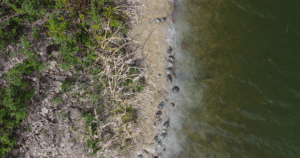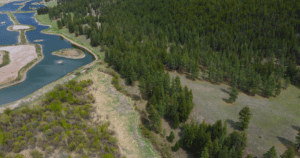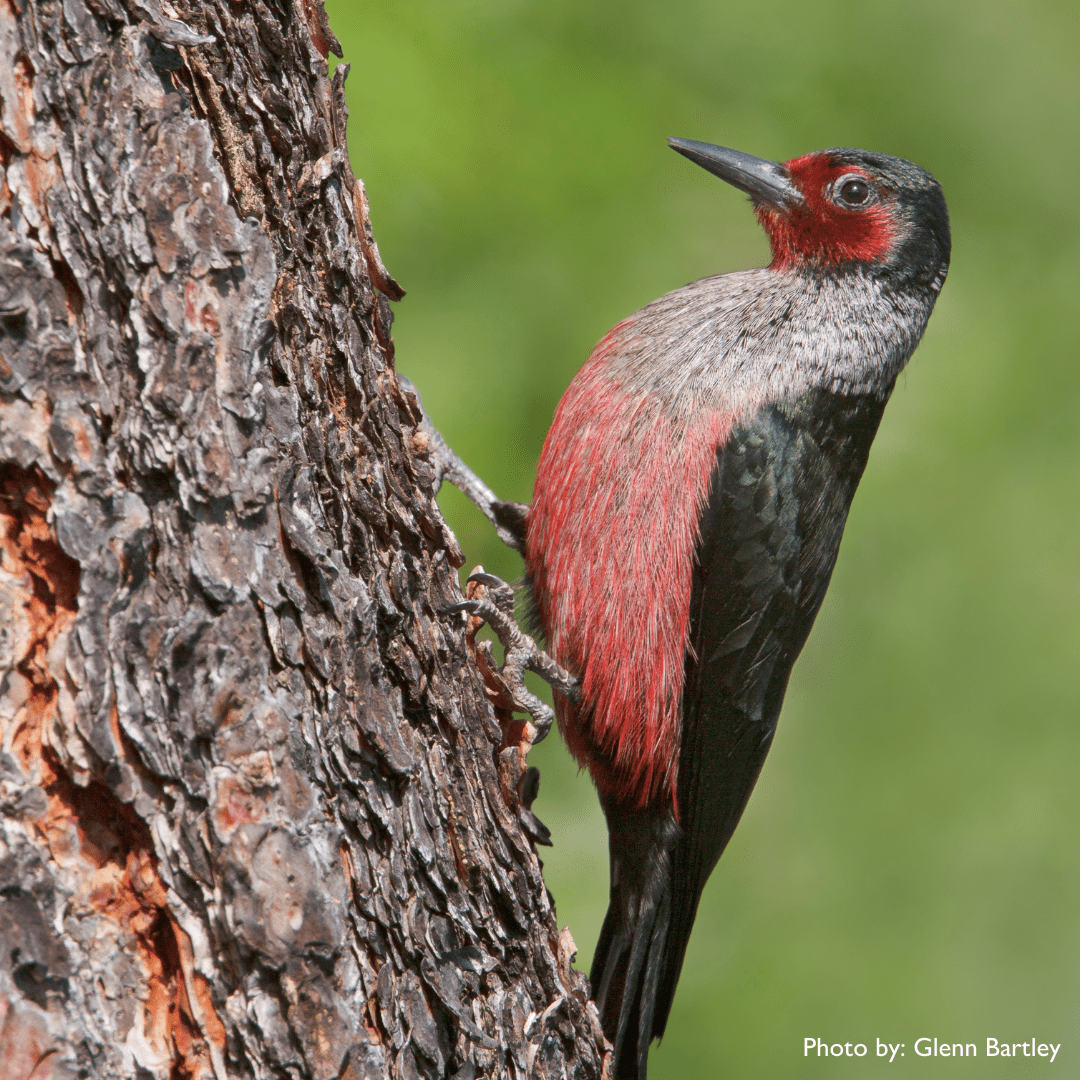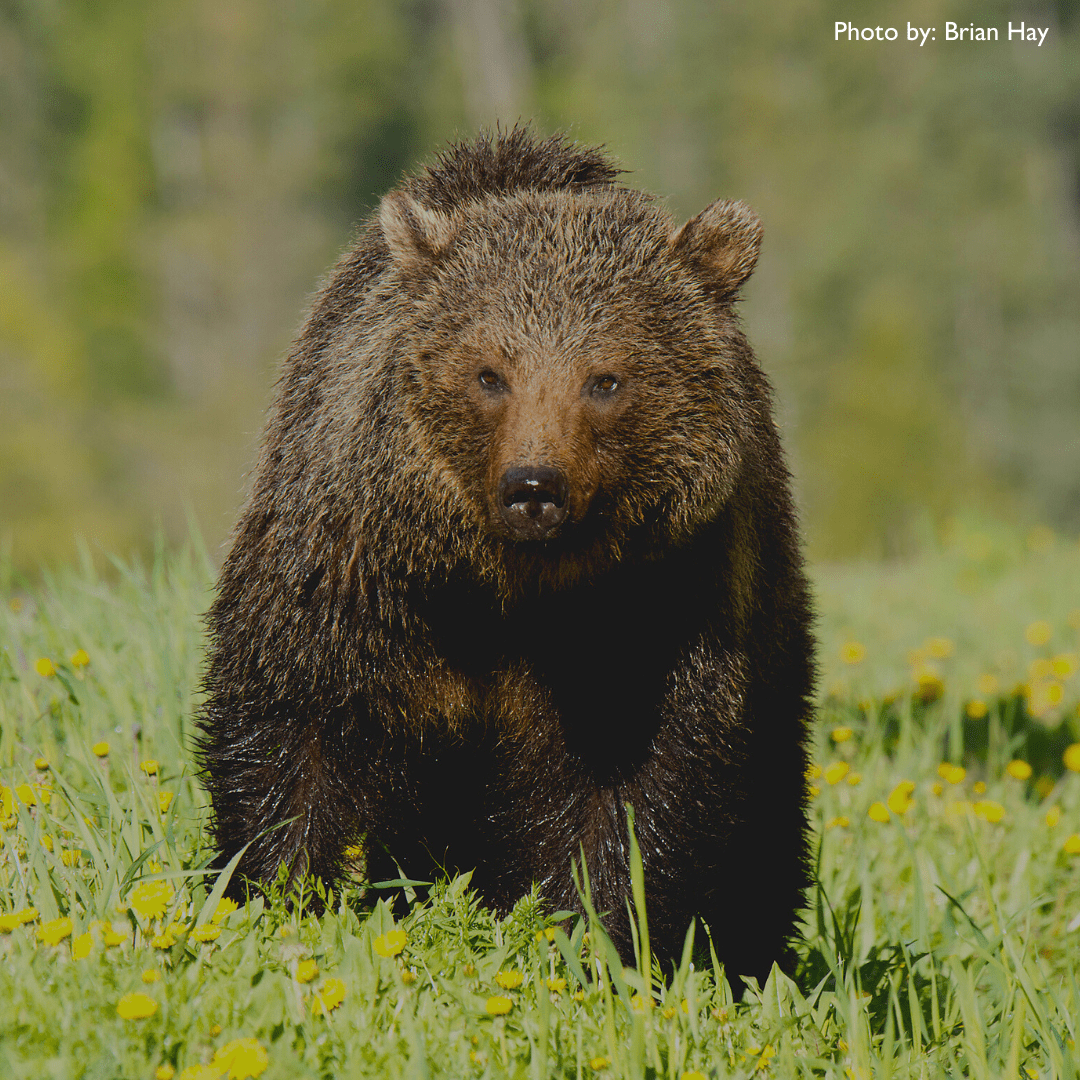Lower Wolf Creek is located at the confluence of Wolf Creek and the Kootenay River. By securing Lower Wolf Creek, which is adjacent to 437.37 acres (177 hectares) of existing provincial conservation land, The Nature Trust of BC can increase connectivity for wildlife while improving the resiliency of floodplain and benchland ecosystems along the Kootenay River.
Lower Wolf Creek is located within the unceded and traditional territory of the Ktunaxa Nation and is closest to the Ktunaxa community of ʔaq̓am. The conservation area is within the Interior Douglas-fir (IDF) biogeoclimatic zone and potentially contains at least seven at-risk ecological communities, which contribute to ecosystems rich with biodiversity.

Lower Wolf Creek provides essential habitat needs for a wide variety of species. It contains designated Critical Habitat for the Lewis’s woodpecker, which is listed as Threatened under the Species at Risk Act (SARA) as well as for American badger, which is listed as Endangered. Additional federally listed at-risk species in the area include black swift (Endangered), barn swallow and bobolink (both Threatened), grizzly bear, common nighthawk, evening grosbeak, long-billed curlew, western toad, and the western painted turtle (all Special Concern). The area is also within a Key Biodiversity Area (KBA) and provides habitat for several migratory waterfowl species, such as common goldeneye, trumpeter swan, cinnamon teal, tundra swan, and bufflehead. Lower Wolf Creek also contains winter range for mule deer, white-tailed deer and elk, while American beaver have also been observed.
The project is part of a cross-border partnership, thanks to the North American Wetlands Conservation Act, which allows U.S. taxpayers to triple their donation through Canadian, and U.S sources, including the U.S Fish and Wildlife Service.
The conservation of Lower Wolf Creek is part of The Nature Trust of BC’s unwavering commitment to conserving the most ecologically important and vulnerable habitats in the province with the mission of tackling the most urgent threats to our world today – the twin crises of climate change and biodiversity loss. Many years ago, Ducks Unlimited Canada undertook a wetland creation project with the previous landowners to develop migratory waterfowl habitat. Securing this land ensures that these habitat values remain.





